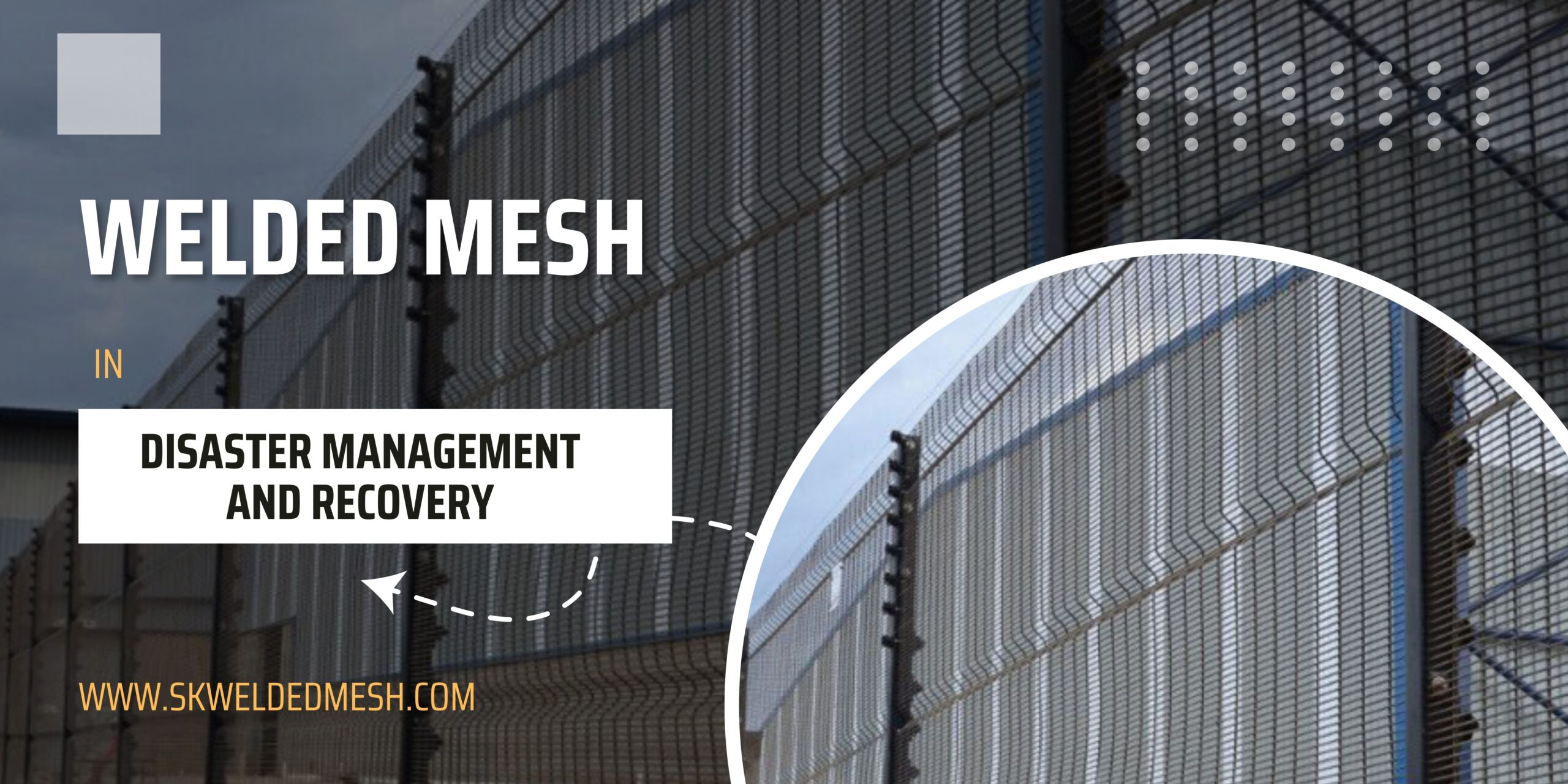

When disasters strike, communities’ resilience and recovery depend heavily on the preparedness and materials available. Welded mesh stands out as a versatile and durable asset, critical in minimizing damage and facilitating swift recovery.
This seemingly simple material works behind the scenes to reinforce critical infrastructure against the impacts of seismic events, provides effective solutions for flood control, and accelerates the post-crisis rebuilding process.
Its adaptability to various applications makes it an invaluable tool in disaster management strategies. It ensures that when the forces of nature strike, we’re ready to withstand and rebound with strength.
In earthquake-vulnerable zones, resilient building design can save lives.
Welded mesh is a key reinforcement material integrated into walls, floors, and foundations.
It creates an internal skeleton that withstands violent shaking, manages stress, and prevents catastrophic structural failures.
Whether incorporated into homes, bridges, or civic buildings, welded mesh makes these structures more able to weather seismic activities.
Floodwaters can overwhelm neighborhoods in minutes.
Welded mesh transforms into rapid-deployment flood defenses, such as flexible, stone-filled gabion cages placed along rivers, canals, and coastlines.
These permeable barriers absorb and deflect rushing water through storms, guarding areas behind them from erosion and overflow damage.
The simplicity and reliability make gabions a preferred first line of defense globally.
Following catastrophes, welded mesh accelerates the pathway back to normalcy. Its lightweight strength facilitates quick shelter installation, stabilization of damaged buildings, and debris clearing to reopen roads.
During the initial response, these applications provide immediate aid and access.
Long-term, welded mesh-reinforced retaining walls and slopes help prevent secondary landslides.
Through every phase, welded mesh builds community resilience.
Beyond reinforcing buildings and flood barriers, welded mesh is versatile in other disaster preparations, from drainage culverts that redirect floodwaters to protective slope coatings that guard against fire-induced mudslides or coastal erosion.
Engineers continue finding innovative ways to leverage its adaptability across risk scenarios.
This is why welded mesh remains a staple in every disaster manager’s toolkit.
An added advantage of welded mesh for communities is sustainability.
Made of steel, welded mesh structures withstand years of exposure to harsh elements without degrading.
Maintenance needs stay minimal even decades on.
Further, steel allows for full recyclability when updates become necessary. This durability and renewal capacity translate into long-term resilience.
With climate change expected to fuel rising disaster volatility, the role of resilient infrastructure strengthens across the board.
Materials like welded mesh—which prove adaptable, durable, and sustainable across applications—will become increasingly critical in protecting communities.
Whether by hardening buildings, channeling floodwaters, or accelerating recovery, welded mesh delivers lifesaving stability.
Ultimately, the more preparedness disaster managers and builders can build into their systems now, the more lives they can save. Incorporating welded mesh is one way to start.